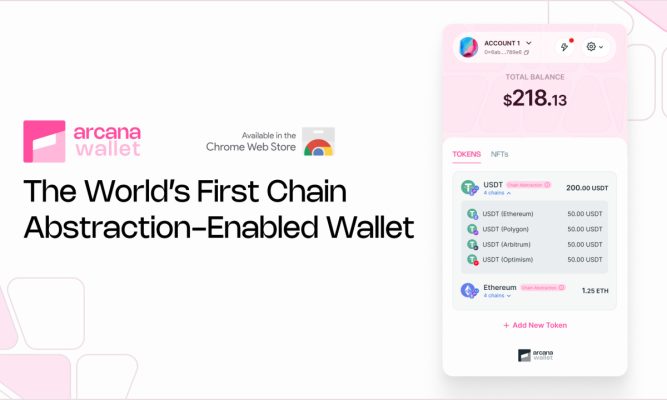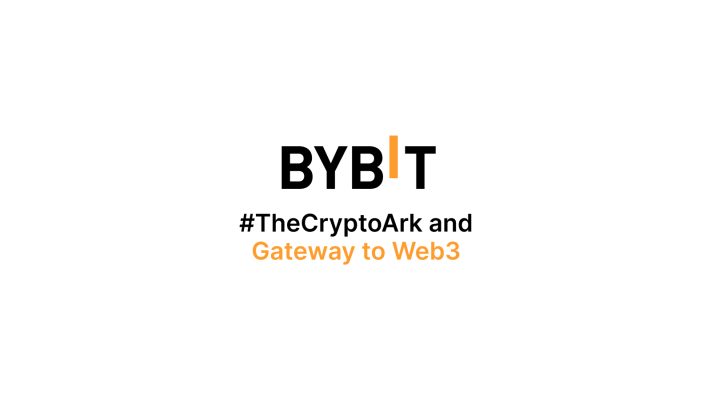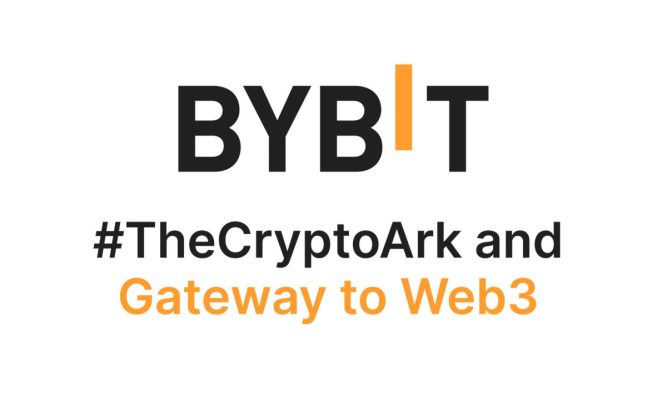In the ever-evolving landscape of cryptocurrency and not only, data security remains a paramount concern. As organizations and individuals increasingly rely on blockchain technology to store, transact, and manage digital assets, robust data protection measures have become more critical than ever.
Among the various data security strategies employed, tokenization and encryption are two prominent approaches. While both techniques aim to safeguard sensitive information, they differ in their fundamental principles and implementation.
In this article, we will dive deeper into tokenization vs. encryption in order to discover all you must know about what they are, how they differ, and which is better.
Let’s dive in!
What is Tokenization?
Tokenization is the process of converting sensitive data, such as personal information, medical records, or financial records, into a unique identifier or token to minimize the risk of data breaches and recover the data when required.
Basically, it replaces the data with meaningless codes (a string of characters) that do not contain any of the original data.
When data is tokenized, it becomes secure because there’s no direct connection between the token and the original data. No special key or formula can reverse the process and reveal the original data. Instead, tokenization uses a token vault database to track the link between the sensitive information and its token. The real data is kept safe in this vault, usually employing encryption.
Tokenization is often used by payment processors, banks, merchants, and other institutions that operate in domains where additional compliance with regulating bodies is needed.
How Does Tokenization Work?
When an organization tokenizes data, it swaps out sensitive information with a randomly generated non-sensitive value, known as a “token.” This means that even if there’s a breach or hack of the token vault, thieves won’t get any valuable data – all they’ll have are these non-sensitive tokens.
In order to tokenize data, the most common steps may include:
- Replace sensitive data with non-sensitive tokens.
- Ensure these tokens have no intrinsic value.
- Securely store the original data in a token vault.
- Use tokens for sensitive data in systems and applications.
If there’s a need to retrieve the original data, such as for processing a recurring credit card payment, the token is sent to the vault. The index is then used to fetch the actual value used in the authorization process.
What is Encryption?
Encryption is the process of using an algorithm to convert plain text data into a non-readable format called ciphertext. In order to do that, an algorithm and an encryption key are required to decrypt the data and return it to its original plain text format.
Basically, it is a method that employs mathematical algorithms and confidential information to transform data in a way that is practically impossible to reverse without the appropriate key.
Encryption aims to secure data, and authorized individuals can reverse it to view and use sensitive information. It is widely acknowledged as an effective means of achieving data security.
There are two main types of encryption: symmetric encryption and asymmetric encryption.
- Symmetric encryption uses the same cryptographic key for both encryption and decryption. This makes it very efficient, as neither the sender nor receiver need to exchange keys. However, it also makes it less secure, as if the key is compromised, all of the data that has been encrypted with that key is also compromised.
- Asymmetric encryption uses two different cryptographic keys: a public key and a private key. The public key can be shared with anyone, while the private key is kept secret. Data encrypted with the public key can only be decrypted with the corresponding private key. This makes asymmetric encryption much more secure than symmetric encryption, as even if the public key is compromised, the private key will still protect the data.
Additionally, encryption can be a countermeasure against government surveillance and the theft of confidential corporate information.
How Does Encryption Work?
Encryption transforms “plain text” into “cipher text” using a complex algorithm and a secret key. A matching decryption key is needed to reverse this process and get back the original information.
While the idea is simple, the execution of encryption is complex. There are different methods to handle sensitive data, resulting from the ongoing battle between those wanting to keep data secure and those trying to break it.
Symmetric encryption uses one key for both encrypting and decrypting data. Websites use it to protect credit card info during online transactions, often indicated by a lock symbol in the URL.
Asymmetric encryption involves two keys – one for encrypting and one for decrypting. It’s useful for private exchanges, like emails. Intercepting the data without the private key makes decryption impossible.
Of course, there are also other methods for the encryption process, such as the Data Encryption Standard. However, this is an early model, and you need to know that it is outdated due to its 56-bit key length. The Advanced Encryption Standard, with enhanced key lengths, has since replaced it for stronger security measures.
Tokenization vs. Encryption: Key Differences
| Criteria | Tokenization | Encryption |
| Purpose | Protects sensitive information by replacing it with non-sensitive tokens. | Protects data by transforming it into an unreadable format using cryptographic algorithms. |
| Data Originality | Adds randomness for better security. | Ensures identical data produces identical unreadable data. |
| Key Management | Doesn’t need complex key management. | Relies heavily on strong key management practices for encryption and decryption processes. |
| Reversibility | Generally irreversible; tokens cannot be reverted to the original data. | Reversible with the appropriate decryption key. |
| Data Format Preservation | Keeps the original format for compatibility. | Often changes format, needing system adjustments. |
| Data Movement | Ensures original data never leaves the organization, meeting compliance requirements. | Original data generally leaves the organization in an encrypted form, suitable for data-in-transit scenarios. |
| Application Suitability | Best for data at rest, less key hassle. | Essential for secure info transfer; good for stored data risks. |
| Performance Impact | Generally has lower performance impact due to simpler processes. | May have higher performance impact, especially with strong encryption algorithms and large datasets. |
| Operational Overhead | Offers a streamlined operational model with reduced dependence on complex key management. | Introduces significant operational overhead with key lifecycle management complexities, including generation, distribution, rotation, and disposal. |
Purpose
Tokenization and encryption are both data security methods used to protect sensitive information. However, they differ in their approach and functionality.
Tokenization primarily replaces sensitive data with non-sensitive tokens, while encryption transforms data into an unreadable format using cryptographic algorithms.
Data Originality
In cryptographic encryption, the deterministic nature ensures that identical data encrypted with the same key yields identical ciphertext.
In contrast, tokenization introduces an element of randomness, assigning a distinct token to each occurrence of identical data. This intrinsic uniqueness in tokenization significantly mitigates the risk associated with predictable patterns, enhancing security.
Key Management
The security of encrypted data heavily relies on safeguarding cryptographic keys used in the encryption and decryption processes. Strong key management practices are essential for encryption.
On the other hand, tokenization operates independently of complex key management due to its irreversible nature. Tokens, being irreversibly transformed, eliminate the need for intricate key protection.
Reversibility
Tokenization is generally irreversible. Tokens cannot be reverted to the original data.
On the other hand, encryption is reversible with the appropriate decryption key.
Data Format Preservation
Tokenization excels in preserving the original data format. For example, a 16-digit credit card number can smoothly transition into a corresponding 16-digit token. This ensures compatibility with existing systems and easy integration into payment mechanisms.
In contrast, encrypted data often strays from the original format, requiring complex system modifications for integration.
Data Movement
One crucial distinction lies in how data is handled in terms of movement. With encryption, the original data generally leaves the organization but in an encrypted form.
In contrast, tokenization ensures that the original data never leaves the organization, meeting specific compliance requirements. This difference reflects the contrasting approaches to securing data in transit or at rest.
Application Suitability
Choosing between tokenization and encryption depends on specific application requirements in the crypto domain. Tokenization suits data-at-rest scenarios, where independence from complex key management is advantageous.
Encryption is crucial for data-in-transit scenarios, ensuring secure information transmission. In crypto payment systems, tokenization minimizes the risk of data breaches by replacing stored credit card numbers.
Performance Impact
Tokenization generally has a lower performance impact compared to encryption, as it doesn’t involve complex cryptographic algorithms. On the other hand, encryption may have a higher performance impact, especially with strong encryption algorithms and large datasets.
Operational Overhead
In terms of operations, encryption introduces significant overhead with key lifecycle management complexities. Key generation, distribution, rotation, and disposal add to the operational burden.
Tokenization offers a streamlined operational model with reduced dependence on complex key management. This simplified approach aligns well with scenarios prioritizing minimized operational complexity, making tokenization an attractive choice in certain cryptographic applications.
Tokenization vs. Encryption: Can They Be Broken?
SHORT ANSWER: Both tokenization and encryption can be broken, but the likelihood and severity of a breach depend on the attacker’s implementation and sophistication.
EXPLANATION: Breaking tokenization involves either compromising the token vault or the secure database. If the token vault is compromised, the attacker can obtain the mapping between tokens and the original data, allowing them to decode tokens and access sensitive information. Similarly, if the secure database is breached, the attacker can obtain the keys that decrypt tokens, rendering the tokenization scheme ineffective.
Related to encryption, primarily, it’s important to acknowledge that data encryption is reversible. The deliberate structure allows encrypted data to revert to its original, unencrypted state when accessed with the encryption key. The strength of the encryption hinges on the security provided by the key or algorithm employed. A more complex algorithm contributes to a more robust encryption that poses greater challenges for unauthorized access. Conversely, simplicity in the algorithm makes the encryption more susceptible to being deciphered.
So, despite these considerations, it’s essential to recognize that all forms of encryption are inherently breakable. The susceptibility of encryption relies on the relative strength of the algorithm compared to the computing capabilities of potential malicious actors attempting to crack it. Consequently, the protective efficacy of encryption is somewhat limited.
Regulatory Bodies and Laws in Charge with Tokenization and Encryption Measures Implementation
For more details on tokenization or encryption, you should know that several regulatory bodies and laws worldwide mandate the implementation of tokenization and encryption measures to safeguard sensitive customer data and comply with data privacy regulations.
Some of the most well-known bodies or laws related to tokenization and encryption are:
- Payment Card Industry Data Security Standard (PCI DSS);
- General Data Protection Regulation (GDPR);
- Health Insurance Portability and Accountability Act (HIPAA);
- Health Information Technology for Economic and Clinical Health Act (HITECH);
- Gramm-Leach-Bliley Act (GLBA);
- International Traffic in Arms Regulations (ITAR);
- Cybersecurity and Infrastructure Security Agency (CISA);
- National Institute of Standards and Technology (NIST).
Tokenization vs. Encryption: Which Is Better?
Now that we are at the end of the article, you probably want to know if tokenization is better than encryption or vice versa, right?
Well, the best answer is that tokenization and encryption serve distinct purposes in data security, making a direct comparison in terms of superiority inappropriate. Tokenization involves replacing sensitive data with tokens, rendering the original information unreadable. This method simplifies compliance with regulations and reduces the risk of data exposure.
On the other hand, encryption focuses on converting data into an unreadable format using a decryption key. Its primary goal is to safeguard the confidentiality and integrity of information during storage, transmission, or on devices. Encryption provides robust protection against unauthorized access, ensuring that even if data is accessed without authorization, it remains indecipherable without the correct decryption key.
Rather than viewing tokenization and encryption as competing methods, they are often used together to create a layered security approach. In this combined strategy, sensitive data is tokenized, and the tokens themselves are encrypted. This dual-layered approach enhances overall data protection, ensuring that even if one layer is breached, the other adds a barrier to unauthorized access.
Last but not least, the choice between tokenization and encryption depends on specific use cases, regulatory requirements, and the desired level of security for the data at hand.


